[/caption]
When people think of space technologies, many think of solar panels, propulsion systems and guidance systems. One important piece of technology in spaceflight is an accurate timing device.
Many satellites and spacecraft require accurate timing signals to ensure the proper operation of scientific instruments. In the case of GPS satellites, accurate timing is essential, otherwise anything relying on GPS signals to navigate could be misdirected.
The third technology demonstration planned by NASA’s Jet Propulsion Laboratory is the Deep Space Atomic Clock. The DSAC team plans to develop a small, low-mass atomic clock based on mercury-ion trap technology and demonstrate it in space.
What benefits will a new atomic clock design offer NASA and other players in near-Earth orbit and the rest of our solar system?
The Deep Space Atomic Clock demonstration mission will fly and validate an atomic clock that is 10-times more accurate than today’s systems. The project will demonstrate ultra-precision timing in space as well as the benefits said timing offers.
The DSAC will fly on an Iridium spacecraft and make use of GPS signals to demonstrate precision orbit determination and confirm the clock’s performance. As mentioned previously, precise timing and navigation are critical to the performance of many aspects of deep space and near-Earth exploration missions.
The DSAC team believes the demonstration will offer enhancements and cost savings for new missions, which include:
One example use for the DSAC is for a future mission that is a follow-up to the Mars Reconnaissance Orbiter (MRO). A spacecraft equipped with the DSAC could avoid reliance on two-way communications using NASA’s Deep Space Network to perform orbital determination.
One of the benefits of avoiding said reliance on two-way communications would allow the mission to only require the DSN for one-way communication to transmit scientific data to Earth. Reducing the reliance on two-way communications would provide an additional benefit of cost savings.
In the previous example, the DSAC team estimates an $11 million dollar reduction in network operational costs, as well as a 100% increase in the amount of usable science and navigation data that could be received.
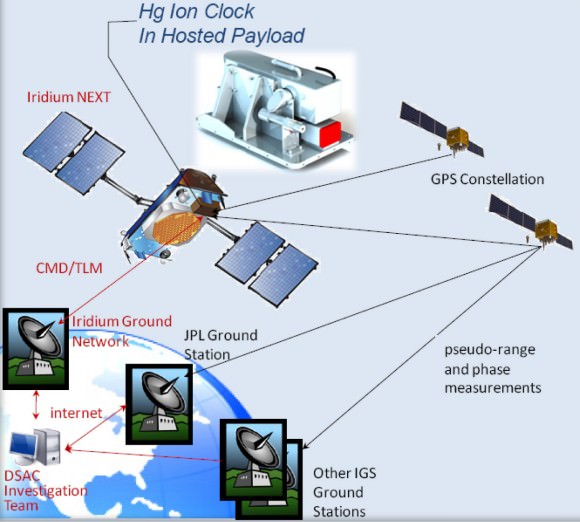
The Space Communications and Navigation (SCaN) office in the Human Exploration and Operations Mission Directorate is collaborating with the NASA Office of the Chief Technologist in sponsoring this technology demonstration.
If successful the DSAC flight demonstration mission will bring the improved atomic clock technology to a technological readiness level that will allow it to be used in a wide variety of future space missions.
Read our earlier articles about the other technology demonstrations planned:
NASA To Test Solar Sail Technology
NASA To Test Laser Communications Systems
Source: NASA Technology Demonstration Mission Announcements



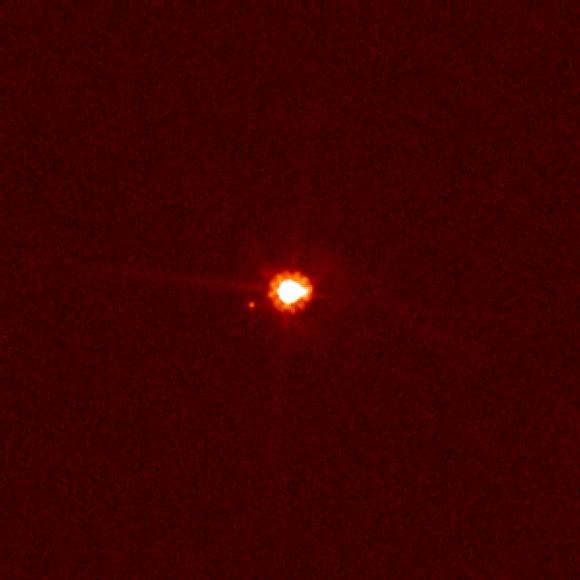

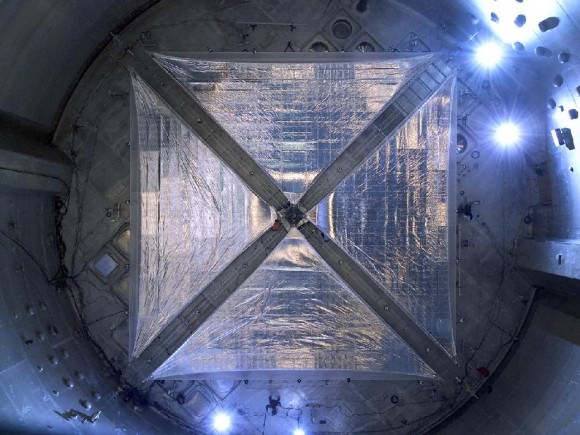
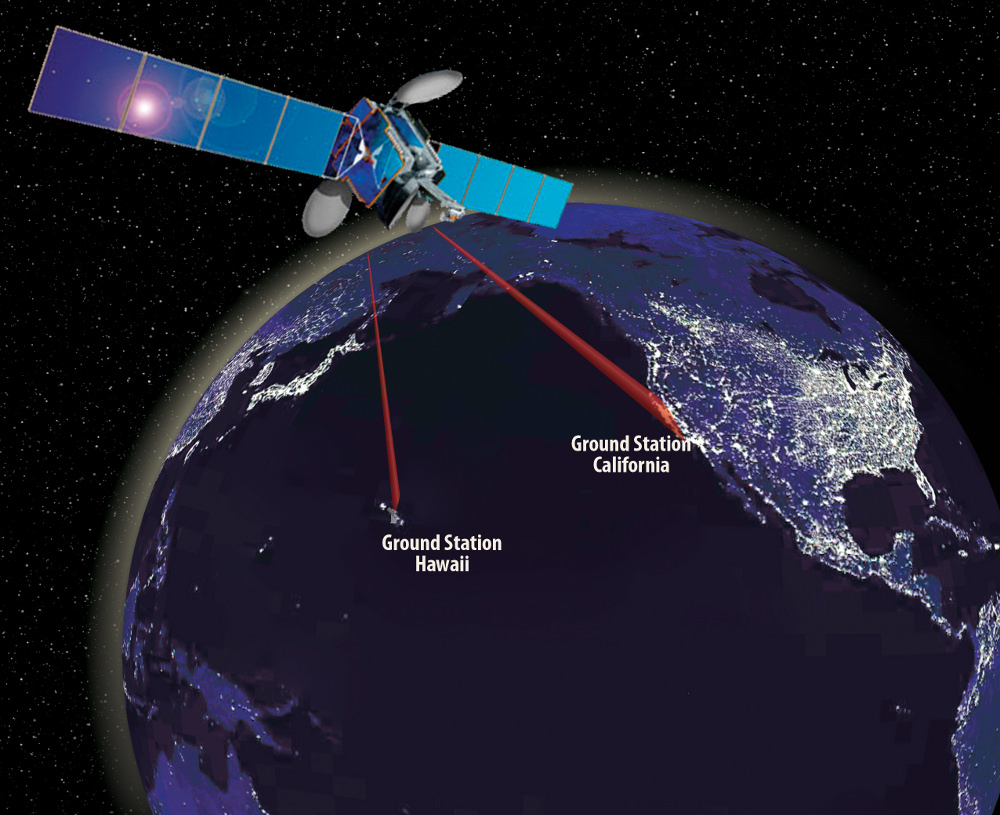
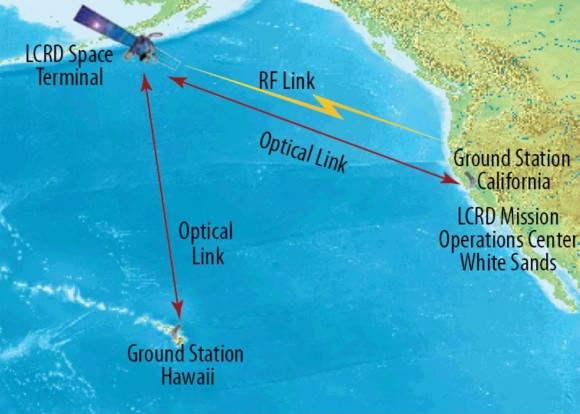

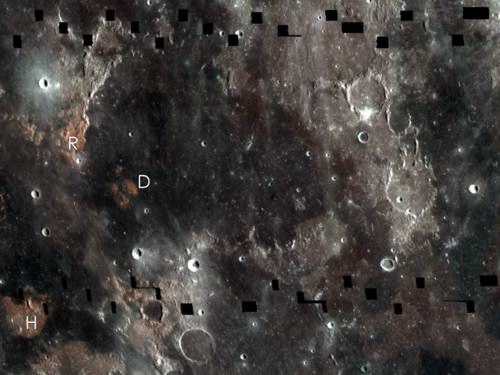
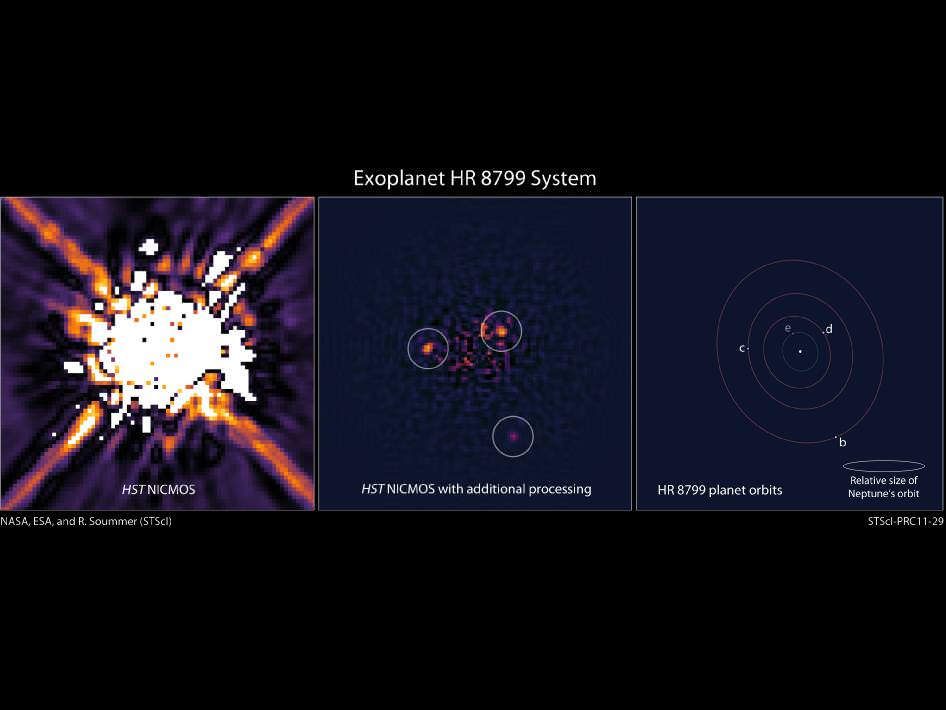

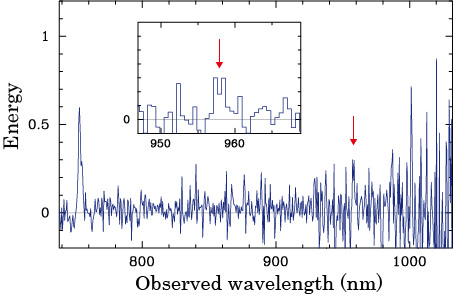

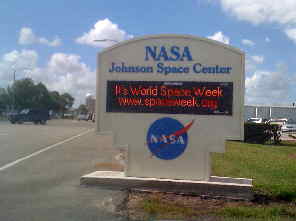
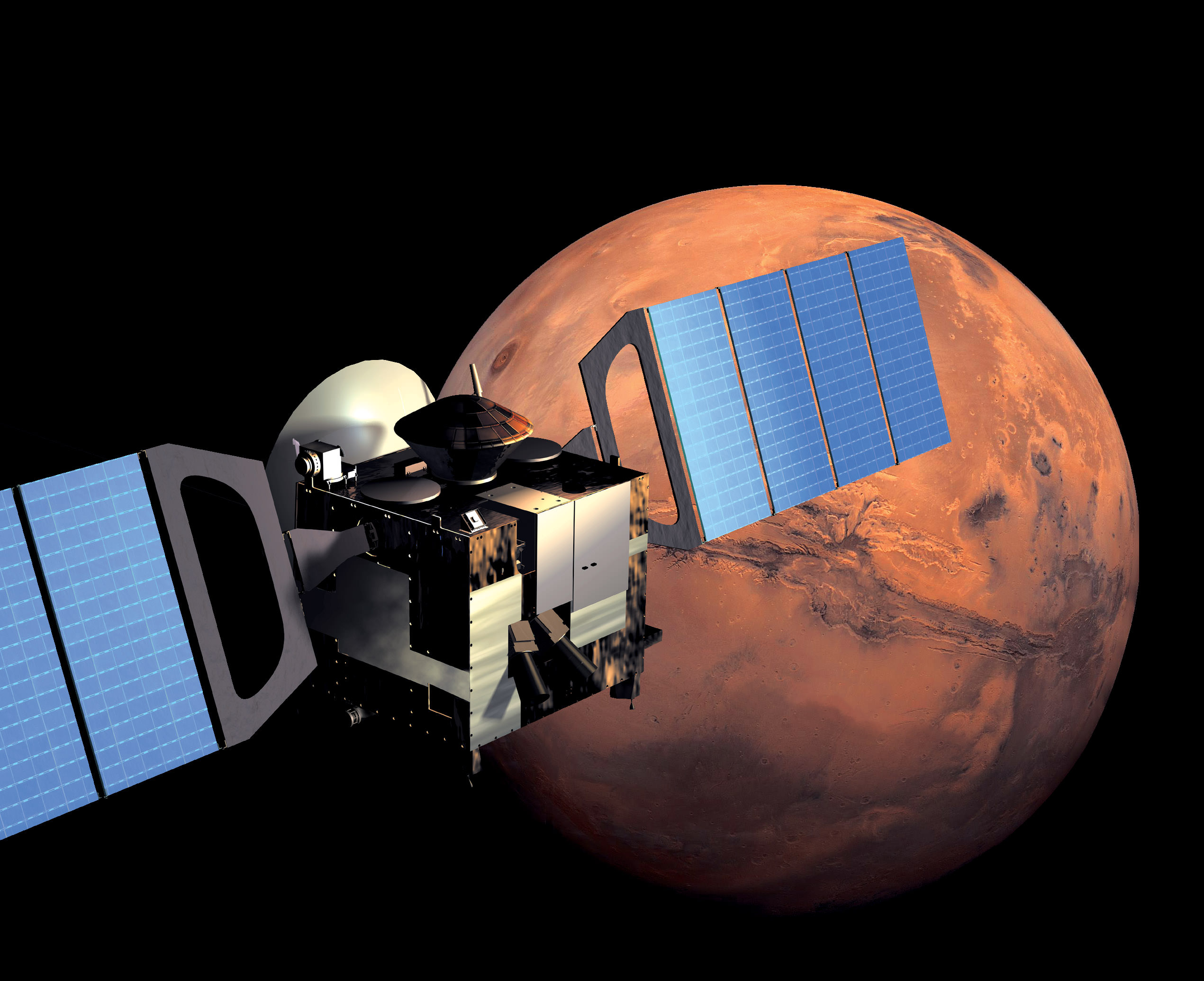
 The animated sequence to the left shows the water cycle of the Martian atmosphere in action:
The animated sequence to the left shows the water cycle of the Martian atmosphere in action: